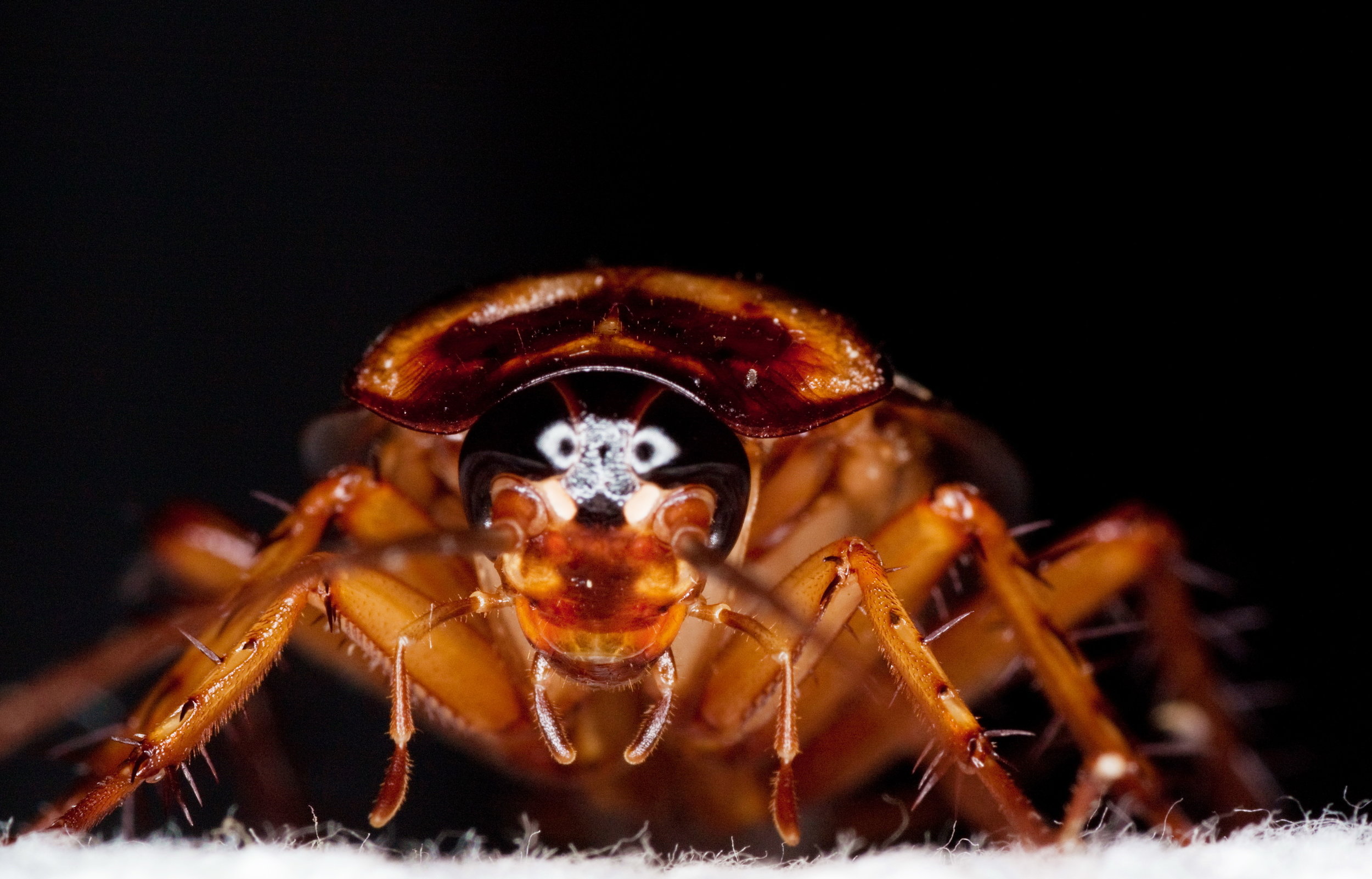Gladhill Service’s Mold Remediation Process is customized to meet the specific moisture and ventilation issues of each home. The process begins with an inspection that we use to develop a strategy, and (in many cases) it ends with a lab-tested air sample at the completion of the job.
However, one of the most important steps in the Mold Remediation Process is containment and HEPA filtration. If proper action isn’t taken to prevent the spread of mold throughout the cleaning process, the mold problem could recur or even get worse.
To understand why containment and HEPA are important, we have to look at how mold spreads and some of the techniques that Mold Remediation professionals use to prevent it.









